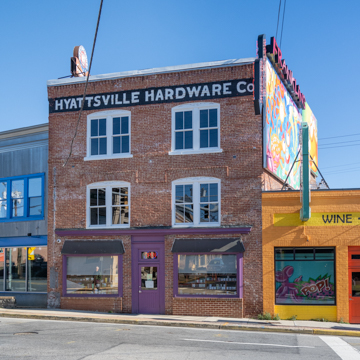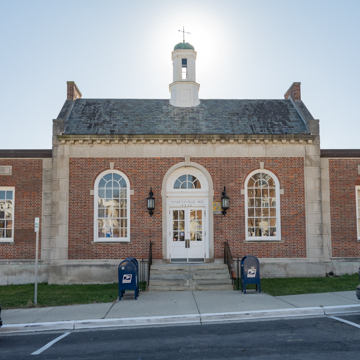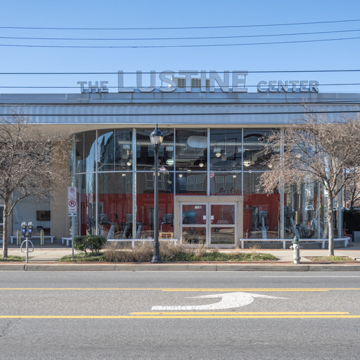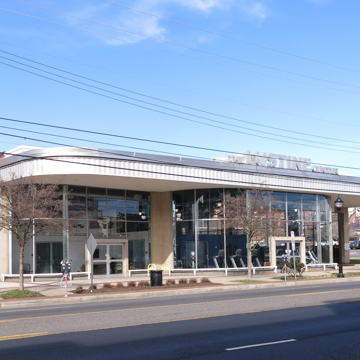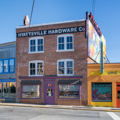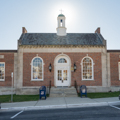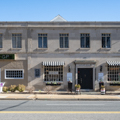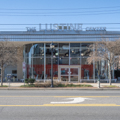The historic core of Hyattsville includes the residential and commercial areas flanking U.S. 1 and the former B&O railroad right-of-way of the Washington Branch. Hyattsville represents the evolution of a middle-class suburban enclave from railroad- to streetcar- to automobile-oriented development within the orbit of Washington. The availability of stable nonpatronage federal jobs after passage of the Pendleton Civil Service Act in 1883 encouraged residential growth in such Maryland suburbs as Hyattsville. The earliest houses were clustered near the B&O line served by a handsome Queen Anne passenger station (now demolished). Hyattsville residents built in all the fashionable architectural modes including Queen Anne, Stick, Shingle, and Italianate in both high-style and vernacular interpretations, as illustrated by the large late-nineteenth-century houses on small lots along the 4100 block of Gallatin Street. The streetcar began serving Hyattsville in 1899 and suburban growth continued with the addition of foursquares and bungalows placed in new subdivisions to the north and west. Houses built by small builders using pattern books or kit houses from Sears, Montgomery Ward, or Aladdin were popular. Well-preserved examples of Sears houses include the Bellewood model at 5416 39th Avenue, the Kilbourne at 4219 Nicholson Street, and the Vallonia at 4212 Queenbury Road. Residential Hyattsville continued to reflect national trends, with construction of houses on lots that included garages or otherwise accommodated the now ubiquitous automobile.
The growth of automobile travel transformed Hyattsville and its main commercial thoroughfare, Baltimore Avenue (U.S. 1). Garages, car dealerships, and other automobile-related businesses sprang up, coexisting with older commercial structures such as the Hyattsville Hardware Co. (c. 1889; 5121–5123 Baltimore). A castellated stone armory (1918, Robert L. Harris; 5340 Baltimore) built for the Maryland National Guard signaled the growing importance of Hyattsville in northern Prince George’s County. The New Deal brought a handsome Colonial Revival U.S. Post Office (1935, Louis A. Simon, Supervising Architect of the U.S. Treasury; 4325 Gallatin) that features murals, Hyattsville Pastoral (1938) by Eugene Kingman. In 1950 Lustine Chevrolet opened an eye-catching curved aluminum and glass-front showroom (F. Dano Jackley; pictured) at 5710 Baltimore that has been preserved amid a new town house development.















